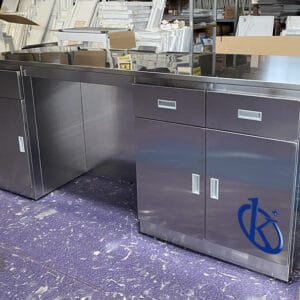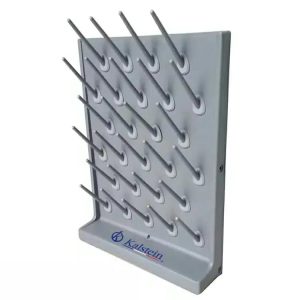Laboratory Furniture
Laboratory furniture design standards have also changed to reflect changes in laboratory technology and use. Safety is paramount for the design of laboratory furniture, and safety heads are very important in this type of design. Safety heads are designed to reduce the risk of laboratory injuries. These heads have a recoil system to prevent users from getting hooked on sharp edges, and also have locks to prevent furniture damage.
Another trend in the design of laboratory furniture for the future is the adoption of superior quality materials. Lightweight, durable and resistant materials are being used in the manufacture of laboratory furniture, providing more durability for them. These materials allow greater resistance to heat, water and acids, which increases safety and protection in the laboratory. Durable materials are also excellent for protecting laboratory equipment and materials, allowing them to function optimally for a long time without any problems.

Types of Laboratory Furniture a Laboratory may need
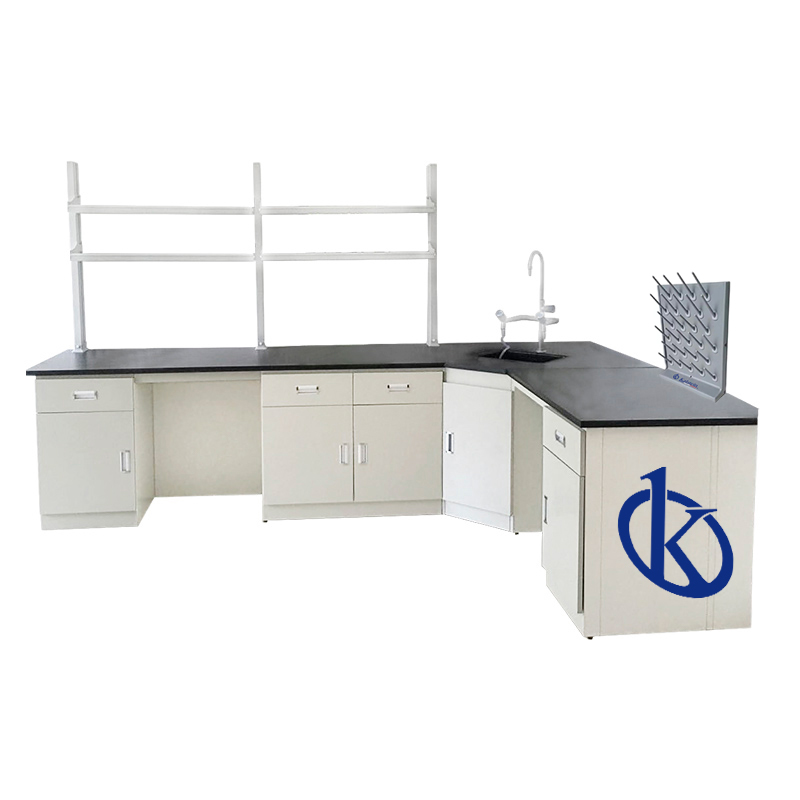
304 Stainless Steel Work Bench
The difference between well-calibrated and non-calibrated equipment can be enormous, with well-calibrated equipment maximizing the safety and reliability of results, and calibrated equipment also helping to reduce the risk of injury and increase the reliability of results.
Fifth, ensure proper cleaning of all laboratory equipment, especially medical and laboratory devices known as ionizing equipment.
All Steel Work Bench
The use of technology is also making its appearance in the design of laboratory furniture. Technology allows for greater flexibility in the use of furniture. For example, remote control systems allow users to perform tasks without having to leave the desk. Touch screen systems are also being used to make furniture easier and safer to use, which will save users time and effort.
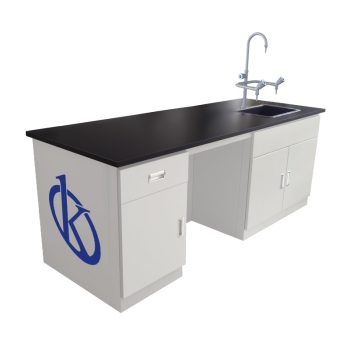
At Kalstein you can find the ideal Workbenches for your Laboratory

All Steel Work Bench YR06018
Chemical resistant phenolic resin, thickness 12.7 mm with edge double layer thickened to 25mm, Resistant to strong acid, strong alkali, anti-corrosion. 1.0mm thick cold rolled steel sheet coated...
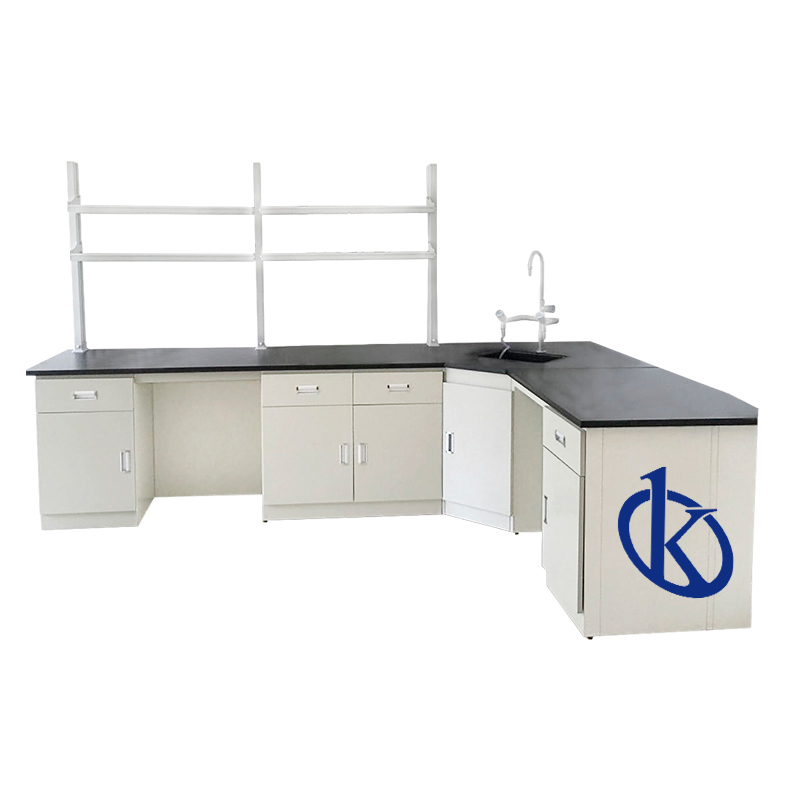
304 Stainless Steel Laboratory Work Bench YR06013 // YR06017
Slideway: 3 section Slideway ,no noise. Adjustable feet: corrosion-resist high strength. Hinge: open type high quality hinge. Handle: stainless steel bright type handle...
Our Best Selling Steel Workbench
Worktop: 304# stainless steel, thickness 12.7 mm with edge double layer thickened to 25 mm, resistant to strong acid ,strong alkali, anti-corrosion.
Cabinet: 1.0mm thick 304# stainless steel
Slideway: 3 section Slideway ,no noise
Adjustable feet: corrosion-resist high strength
Hinge: open type high quality hinge
Handle: stainless steel bright type handle
Standard color: stainless steel
Socket: not supply
| Model | Description | Size mm (W*D*H) |
| YR06013 | Side workbench w/ Reagent rack (optional) | L*750*800 mm |
| YR06014 | Central bench with double sides (one meter contain one seat area/leg room) w/ “Double Layer, 304# stainless steel frame. 3 Corner” (optional) | L*1500*800 mm |
| YR06015 | Corner workbench-thickness 12.7 mm with edge double layer | 1000*1000*800 mm |
| YR06016 | Sink workbench-thickness 12.7 mm with edge double laye | 950*750*800 mm |
| YR06017 | SS Faucet and SS sink 304# stainless steel, 3 mm thick . | L*420*350 mm |

Laboratory Furniture Model Catalog on Sale
-

All Steel Work Bench YR06014-1 // YR06014-14
Select options This product has multiple variants. The options may be chosen on the product page -

304 Stainless Steel Laboratory Work Bench YR06013-1 // YR06013-13
Select options This product has multiple variants. The options may be chosen on the product page -

Workbench Optional Accessories YR06015-1 // YR06015-15
Select options This product has multiple variants. The options may be chosen on the product page
Guides to becoming an expert in Laboratory Furniture
The best tips to maintain Laboratory furniture
Maintaining lab furniture can seem like a complicated task; however, there are many things you can do to make sure your lab equipment...
The main suppliers of Laboratory furniture - Laboratory
Laboratory furniture is a basic element for studies and scientific research; while the impact of a laboratory’s equipment quality is often...
Design of Laboratory furniture for the future - Laboratory
The design of laboratory furniture for the future is marking a new path in laboratory design. This new era of design is enabling laboratories...
Set boundaries in your Laboratory furniture design
Modern laboratories are one of the main drivers of scientific innovation and are the places where experiments and tests are conducted...
Videos of Working Steel Workbench
In this section you will find our Steel Workbenches in operation, packed, being serviced, being assembled, etc...
Working Steel Workbench
Maintaining lab furniture can seem like a complicated task; however, there are many things you can do to make sure your lab equipment and furniture are as new. Here are the best tips to keep your laboratory furniture; first, you should always try to keep the place clean; this means cleaning work areas and equipment regularly, using soft rags, liquids to clean and light non-abrasive detergents.

Frequently Asked Questions about Laboratory Furniture
How do I know the prices of Lab Furniture?
To know the price of Laboratory Furniture we invite you to send us an email with your request through the contact form.
What are the delivery times of the Laboratory Furniture?
- If the equipment of your interest is in stock or if it must be manufactured.
- The type of freight you have chosen, this may be; air or sea.
How to make a purchase of Laboratory Furniture?
- By email: [email protected]
- By telephone: +33 (0) 1 78 95 87 02
- E-commerce: Via Kalstein's official website in your country.
How does the warranty work?
Can I request a quote online?
Of course, you can request a quote for the Kalstein team of your interest, directly from our official website. Once you have identified your preferred model, click HERE
Send us a direct message and one of our agents will contact you
Error: Contact form not found.


